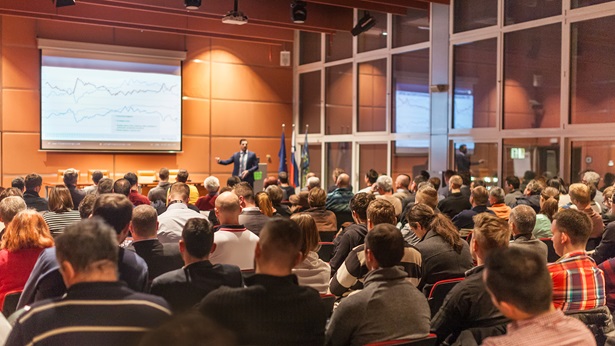Energy Efficiency, Mechanical and Plumbing
Cost Implications of Solar Photovoltaic Systems on Single-Family Homes. Evaluation of the cost effectiveness of rooftop solar PV installations across several markets varying in solar resource and regional energy pricing. The study shows the attractiveness of rooftop solar PV depends primarily on the utility buy rate for site-generated solar energy, electricity prices in the market, and the solar resource for the location. The most attractive market analyzed is Boston despite its modest solar resource as the local electricity prices are among the highest in the continental U.S. and the utility purchase price for the site-generated energy is set at near the retail electricity rate. Seattle is the least attractive market because of lower regional electricity prices and limited solar resource.
Cost and Other Implications of Electrification Policies on Residential Construction. The study evaluates construction and annual energy use costs for several basic electrification scenarios compared to a house with gas equipment and appliances. The study shows climate zone and equipment selection have a strong influence on costs, especially in colder climates where annual energy use costs increased for all-electric homes, in addition to the added costs of heat pumps, heat pump water heaters, electric ranges and electric dryers over their gas-fueled counterparts. Seattle is the least attractive market because of lower regional electricity prices and limited solar resources.
Cost Optimized 50% IECC Prescriptive Analysis. This study quantifies the incremental construction cost, energy cost savings and cost-effectiveness for constructing a house 50% more energy efficient than the 2006 IECC. The study shows tradeoffs for high-efficiency equipment become necessary to achieve cost-effectiveness at higher targets of energy efficiency.
Domestic Hot Water System Piping Insulation: Analysis of Benefits and Cost. This study compares the benefits in energy savings from insulating hot water piping in homes to the cost of providing the additional insulation materials. The results suggest the benefits are greatest for metal pipes, cold climates and colder locations such as crawlspaces, or where the time between hot water uses is 10 to 30 minutes. The results were used to justify a 2015 IRC code change removing insulation requirements for 1/2-inch and smaller diameter pipes.
Equivalency Between IECC Prescriptive Path and IECC Energy Rating Index. This study calculates HERS ratings for different configurations of standard reference houses designed using the IECC prescriptive path and provided with standard and high-efficiency equipment. The intent was to highlight how aggressive the ERI targets in the 2015 IECC are.
Methodology for Calculating Energy Use in Residential Buildings. White paper providing a methodology for determining energy usage for a representative single-family dwelling. The methodology can be used to calculate the percent energy savings between different editions of an energy code or to evaluate the impact on energy usage of specific code changes. Changes in energy usage and percent energy savings evaluated with this method can be used in analyses to determine the cost effectiveness of adopting an updated energy code or specific code amendments.
Optimum Solutions for Residential Mechanical Ventilation. White paper examining the operating cost for seven different whole-dwelling unit mechanical ventilation systems, with consideration of moisture control effects. The pros and cons for the various systems are discussed, and recommendations provided for optimizing residential mechanical ventilation.
2021 IECC Residential Cost Effectiveness Analysis. This report analyzes the incremental construction cost, energy savings and percent energy savings for constructing a typical house to the 2021 IECC relative to the 2018 IECC. A cost-effectiveness analysis using simple payback is also performed. The analysis shows national average cost increases per house ranging from $6,548 to $9,301, national average energy savings of 6.4% to 11.6%, and national average simple payback periods of 32 to 67 years depending on climate zone and additional efficiency package option selected.
2012 IECC Cost Effectiveness Analysis. This report analyzes the incremental construction cost, energy savings and percent energy savings for constructing a typical house to the 2012 IECC relative to the 2006 IECC. A cost-effectiveness analysis using simple payback is also performed. The analysis shows an average cost increase per house of $7,034 and average simple payback period of 10.4 years.
2009 IECC Cost Effectiveness Analysis. This report analyzes the incremental construction cost, energy savings and percent energy savings for constructing a typical house to the 2009 IECC relative to the 2006 IECC. A cost-effectiveness analysis using simple payback is also performed. The analysis shows an average cost increase per house of $1,365 and average simple payback period of 5.6 years.



